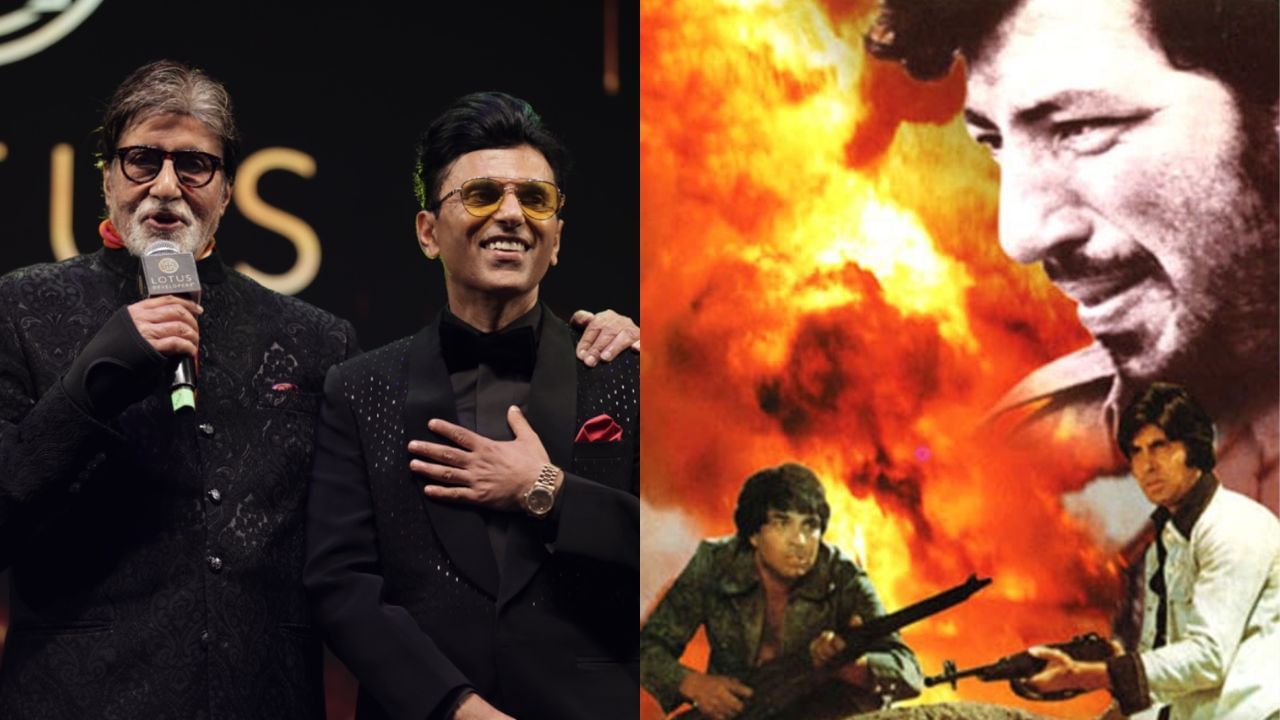New Delhi: In 1975, when Ramesh Sippy’s multi-starrer Sholay first hit the screens, trade experts expected it to bomb. They believed it was too violent, that the villain had a weak voice and a climax where one of the heroes dies would not work. The critics were not too happy either, and yet, somehow, by word of mouth, the film began to draw crowds, smash box-office records, and eventually turn into a cultural phenomenon. 50 years later, the film is still being celebrated as one of the most influential cinematic moments, and veteran producer and distributor Anand Pandit says, “Sholay was not just a movie… it gave us a cultural blueprint. It was a quintessential Indian film with a primal battle between good and evil, elemental emotions, music, friendship and some of the greatest stars of the industry.”
He adds that even though the premise of the film was influenced by Akira Kurosawa’s Seven Samurai, Sergio Leone’s spaghetti westerns and even Raj Khosla’s Mara Gaon Mera Desh, it had a totally unique cinematic language. He says, “This was a technically sound, slick film that redefined the action genre in India. It had a world-class technical team. Mangesh Desai’s sound design was exceptional, where even the sound of a coin rolling on the earth was crystal clear. The cinematography by Dwarka Divecha and editing by MS Shinde, as well as RD Burman’s songs and haunting background music, along with Ramesh Sippy’s directorial conviction, were other elements that contributed to its success. But what made ‘Sholay’ one of the biggest cultural landmarks even beyond cinema was Salim-Javed’s writing. Its one-liners have seeped into the minds and hearts of multiple generations of audiences. ‘Jo dar gaya..samjho mar gaya’..’ Aaj aaya hai uunt pahad ke neeche,’ ‘Tumhara naam kya hai Basanti’, ‘Thakur na jhuk sakta hai..na toot sakta hai..Thakur sirf mar sakta hai ” are just some of the lines that people still spout spontaneously.”
Pandit recalls the long-playing records with Sholay’s dialogues that would play in restaurants and drawing rooms. “As someone who watched the film when it first released in theatres, I can tell you that the experience of watching Amitabh Bachchan, Dharmendra, Sanjeev Kumar, Hema Malini, Amjad Khan and Jaya ji in one frame was indescribable. Sholay had the spice and flavour that a successful commercial film should have, but it also had substance, depth and zero vulgarity. This is why, even today, it remains a firm family favourite,” he says.
Having worked closely with Amitabh Bachchan on several projects, he also shares how the superstar continues to inspire him both professionally and personally. He says, “In 1975, Amit ji appeared in Sholay, Mili, Chupke Chupke and Zameer, among others, and you can see the range he displayed in just one year. His success is not just about numbers but his inexhaustible talent. There is a lot to learn from his work ethic and his discipline. Like Jai in Sholay, his actions speak louder than his words.”
